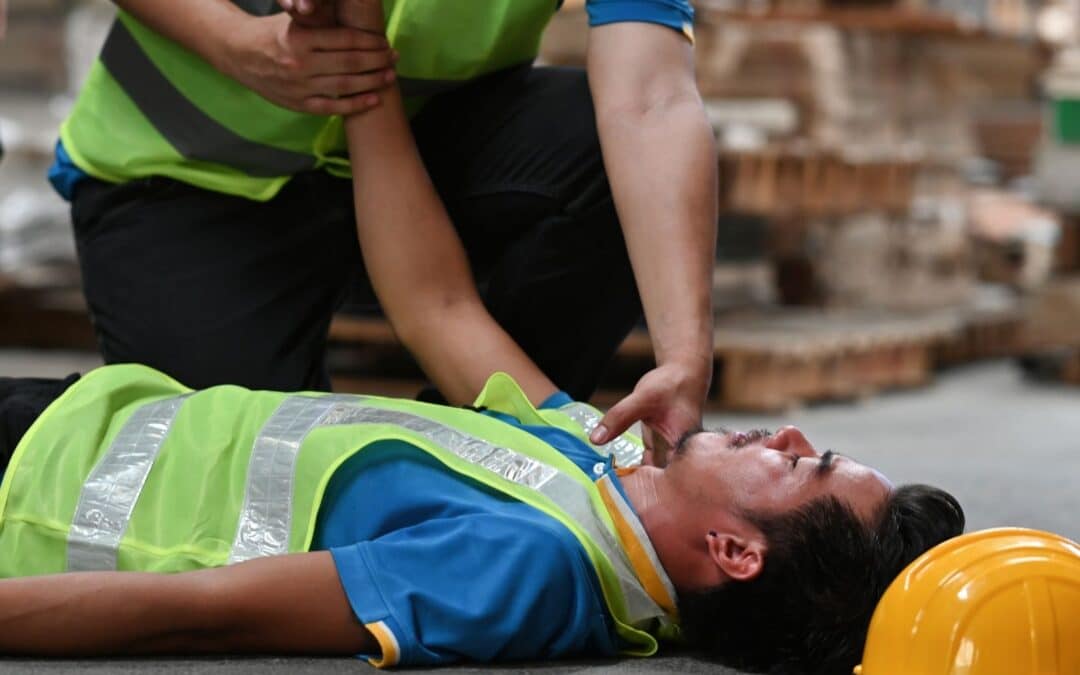Workplace accidents can have severe consequences, including injuries, fatalities, and financial losses. In Chicago, personal injury cases arising from workplace accidents are common. Employers must conduct thorough investigations to determine the causes and implement preventive measures. The primary goal of an investigation is to identify root causes, not to assign blame. A thorough investigation helps prevent future accidents, reduces costs associated with injuries and illnesses, and ensures compliance with regulatory requirements. Effective investigations also promote a culture of safety and improve employee morale. By prioritizing workplace safety, employers can mitigate risks and protect their workforce.
(The Role of OSHA in Investigating Workplace Accidents)
What Triggers a Workplace Accident Investigation?
Workplace accident investigations can be triggered by internal or external factors. Internal triggers include employee reports or complaints, supervisory or management observations, and safety audits. External triggers comprise regulatory agency notifications, such as those from OSHA, insurance company requirements, and legal claims or lawsuits, including Chicago personal injury cases. Employers must be prepared to respond promptly to these triggers. Regulatory agencies like OSHA may require immediate reporting of workplace accidents. Insurance providers may also demand notification to process claims. Employers should establish clear procedures for reporting and investigating accidents. This ensures consistency and compliance with regulations.
Steps Involved in a Workplace Accident Investigation
The investigation process typically begins with an initial response within 0-24 hours. During this phase, the accident scene is secured, medical assistance is provided, and authorities and regulatory agencies are notified. Insurance providers are also informed. The next step involves data collection, which includes interviewing witnesses and employees, gathering physical evidence, reviewing documents, and inspecting equipment. Investigators should document everything, including witness statements and physical evidence. This information helps identify contributing factors and root causes. Data collection lays the groundwork for analysis and recommendations.
Analysis and Root Cause Identification
Analysis involves identifying contributing factors, such as human error or equipment failure, and determining root causes. Investigators evaluate safety procedures and policies to pinpoint weaknesses. This phase requires objectivity and expertise. External investigators may be necessary for complex cases. Identifying root causes enables employers to develop targeted corrective actions. Effective analysis considers multiple factors, including work environment, training, and equipment maintenance. By addressing underlying causes, employers can prevent similar accidents.
Employment Law Considerations
Compliance with OSHA regulations is crucial during workplace accident investigations. Employers must report accidents, maintain records, and provide training. Workers’ compensation laws also apply, providing benefits to injured employees. Chicago personal injury cases may arise if employers fail to ensure a safe work environment. Employers must accommodate injured employees and protect whistleblower rights. Anti-retaliation measures safeguard employees reporting accidents or hazards. Employment laws dictate procedures for handling workplace accidents.
Best Practices for Conducting Effective Workplace Accident Investigations
To ensure objectivity, employers should consider using external investigators. Transparency is vital; communicate findings openly with employees and stakeholders. Documenting everything maintains accountability. Secure storage protects evidence. Implementing corrective actions addresses root causes. Regular safety audits prevent future accidents. Employee training promotes a culture of safety. By following best practices, employers demonstrate commitment to workplace safety.
Reporting and Recommendations
The final report documents findings, identifies corrective actions, and presents recommendations. Employers should develop implementation plans and monitor progress. Regular review ensures effectiveness. Communicating findings promotes transparency and accountability. Recommendations should address root causes, safety procedures, and training. Effective reporting prevents future accidents.
Conclusion
Workplace accident investigations are critical for ensuring employee safety and compliance. By understanding triggers, steps involved, and employment law considerations, employers can conduct effective investigations. Prioritizing workplace safety mitigates risks, reduces costs, and promotes morale. Employers should establish clear procedures, ensure objectivity, and communicate openly.
If you’re looking for an experienced Chicago personal injury lawyer to help navigate your claim, we will fight assiduously for your right to the compensation you deserve. Call Bizzieri Law Offices at 773.881.9000. The case evaluation is free, and we never charge a fee unless we recover damages for you.

